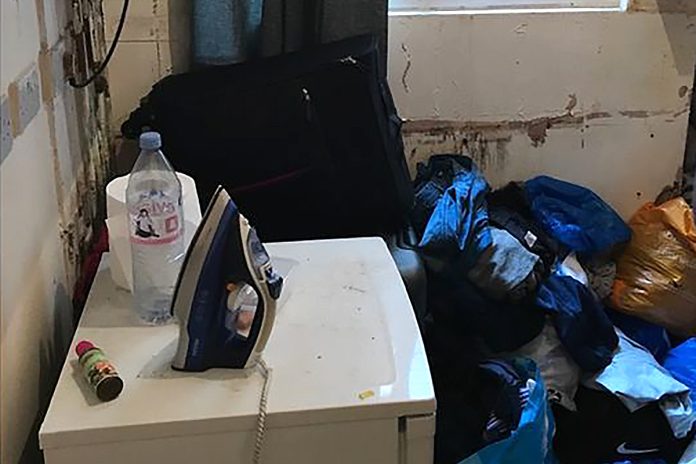More than 310,000 children (313,244) in England are forced to share beds with other family members, due to severe overcrowding, caused by a critical shortage of affordable homes. This is according to a new report published today by the National Housing Federation.
The research, which uncovers the true state of overcrowding in England, reveals that one in every six children are being forced to live in cramped conditions with no personal space because their family cannot access a suitable and affordable home. This equates to two million children from 746,000 families. The findings also demonstrate grave structural inequalities in our society, with households from ethnic minority backgrounds three times more likely to be affected by overcrowding than white households.
Families are considered to be overcrowded if more than two children under the age of 10 are sharing a room, two teenagers of different sexes are sharing a room, or two adults (aged 16 years or over), who are not in a relationship, are sharing a room.
Today’s report includes polling carried out by Savanta which reveals the detrimental impact that living in overcrowded conditions has on the health, wellbeing and daily lives of those affected.
The leading cause of overcrowding in England is a chronic shortage of social housing. Families already living in social housing are the most likely to be overcrowded as there are no larger social homes available for them to move to and they cannot afford any other type of home. They make up around half of all overcrowded families. Families on low incomes who cannot access a social home are forced to rent privately, where rents can be more than double that of social housing, meaning many cannot afford a suitable sized home. A third of overcrowded families live in private rented homes.
In 2010 the government cut funding for affordable housing by 63%, the biggest cut to any capital budget at the time. It also cut all funding for new homes at social rents. This led to a rapid decline in the number of new social homes being built, thereby intensifying an already existing shortage. Whilst in recent years the government has allowed grant funding to be used to build homes for social rent, funding remains at historically low levels. Last year only 6,554 social rent homes last year were built, 81% fewer than in 2010.
There are now 4.2 million people in need of social housing in England, including those in overcrowded, unaffordable and unsuitable homes, and homeless people. Research by the National Housing Federation and Crisis shows 90,000 homes for social rent need to be built in England each year to meet existing demand and house all those in need.
The National Housing Federation is calling for a long term, national plan for meeting housing need, with the aim of driving a drastic increase in the number of affordable homes over the next decade.
Kate Henderson, Chief Executive at the National Housing Federation says:
“Our homes are meant to be places of comfort, safety and security. For children growing up in overcrowded homes they instead become chaotic and stressful environments with little personal space or privacy. This can have a devastating impact on a child’s self-esteem, wellbeing, and future life changes, as well as affecting family relationships and making it harder for parents to nurture their child’s growth.
“Every child deserves the right to have a home that is suitable for their needs and allows them to grow as individuals. Overcrowding is a direct result of our broken housing system, caused by underfunding by successive governments and a failure to prioritise building new homes for people on low incomes. As a country, we are failing these families and these children and this must stop. We need an urgent, long term, national plan aimed at drastically increasing the number of affordable and social homes across England.”







